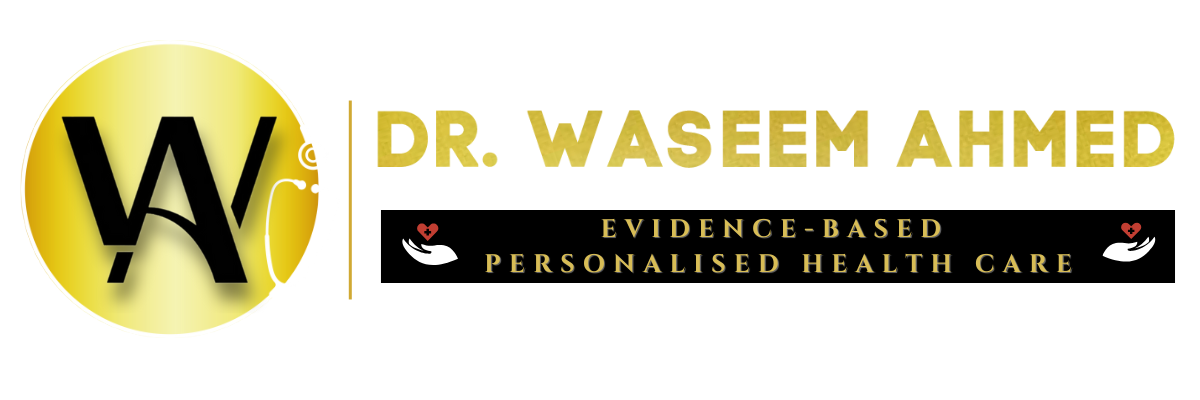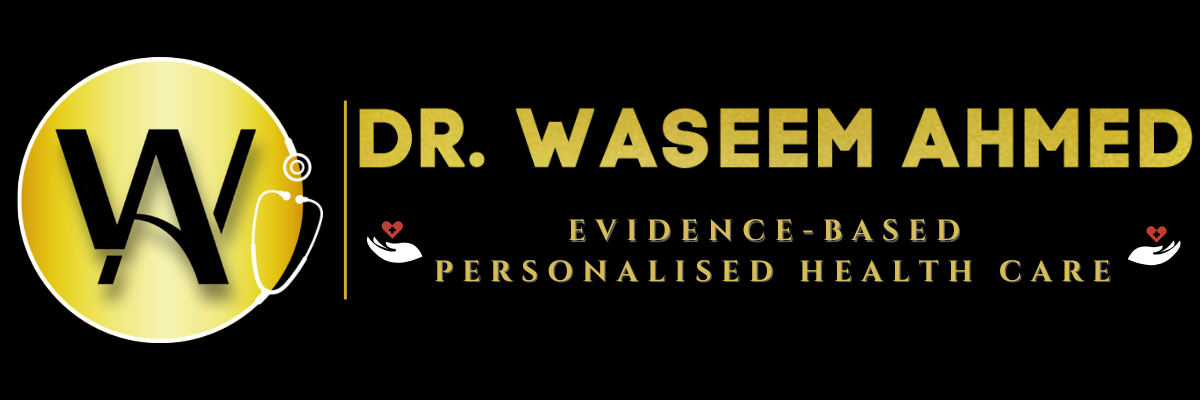How to Reduce Diastolic Blood Pressure : A Complete Guide to Better Heart Health
- Home
- Diabetes Treatment in Chennai

Introduction
Diastolic blood pressure — the bottom number in a blood pressure reading — plays a crucial role in determining cardiovascular health. While most people focus on the systolic (top) number, elevated diastolic blood pressure (typically 80 mm Hg or higher) can silently damage your heart and arteries over time.
This guide offers evidence-based strategies to help you reduce diastolic blood pressure naturally and sustainably.
What Is Diastolic Blood Pressure ?
Blood pressure is measured using two numbers :
- Systolic Pressure (top number) : Pressure when your heart beats
- Diastolic Pressure (bottom number) : Pressure when your heart rests between beats
A normal diastolic blood pressure is typically less than 80 mm Hg. When it consistently stays above that threshold, especially 90 mm Hg or more, it indicates diastolic hypertension, which increases the risk of heart disease, kidney damage, and stroke.
Causes of Elevated Diastolic Blood Pressure
Understanding the root causes is key to managing it effectively :
- Sedentary lifestyle
- Excess sodium and processed food intake
- Chronic stress
- Obesity or being overweight
- Smoking and alcohol consumption
- Genetics and age-related vascular stiffness
- Underlying medical conditions like thyroid dysfunction or kidney disease
How to Reduce Diastolic Blood Pressure : 10 Proven Strategies
Let’s explore 10 research-backed ways to lower diastolic blood pressure naturally :
1. Adopt a DASH-Friendly Diet
The DASH (Dietary Approaches to Stop Hypertension) diet has been clinically proven to reduce both systolic and diastolic blood pressure.
What to include :
- Leafy greens, berries, and whole grains
- Low-fat dairy products
- Legumes and lean protein
- Potassium-rich foods (bananas, sweet potatoes)
What to limit :
- Sodium (less than 2,300 mg/day)
- Sugary beverages
- Processed and fried foods
Tip : Try using herbs and lemon juice instead of salt to flavor your meals.
2. Engage in Regular Physical Activity
Moderate aerobic exercise can significantly reduce diastolic pressure by improving arterial flexibility and heart efficiency.
Recommendations :
- 30 minutes of brisk walking, 5 days/week
- Cycling, swimming, or jogging
- Strength training twice a week
A 2020 meta-analysis published in Hypertension journal confirmed aerobic activity improves vascular health and lowers BP.
3. Lose Excess Body Weight
Excess weight strains your arteries and heart. Losing just 5–10% of body weight can result in measurable reductions in both systolic and diastolic blood pressure.
Actionable Tips :
- Track calories with an app
- Focus on nutrient-dense foods
- Combine diet with exercise for best results
4. Manage Stress Proactively
Chronic stress can spike diastolic blood pressure due to prolonged activation of the sympathetic nervous system.
Evidence-backed techniques :
- Mindfulness meditation and deep breathing (5–10 minutes daily)
- Yoga and tai chi
- Journaling and spending time in nature
A 2019 study published in The Lancet emphasized the link between stress and cardiovascular disorders, including hypertension.
5. Limit Alcohol and Avoid Smoking
Both smoking and excessive alcohol raise diastolic pressure and damage blood vessels.
Guidelines :
- No smoking — seek support for cessation if needed
- Limit alcohol to 1 drink/day (women) or 2 drinks/day (men)
Smoking narrows arteries and stiffens blood vessel walls, directly contributing to high diastolic blood pressure.
6. Improve Your Sleep Quality
Poor or insufficient sleep increases blood pressure and cardiovascular strain.
Tips for better sleep :
- Stick to a regular sleep schedule
- Avoid screens 1 hour before bedtime
- Limit caffeine after 2 PM
Aim for 7–9 hours of restful sleep to regulate hormone levels affecting BP.
7. Reduce Sodium Intake and Increase Potassium
A high-sodium diet causes fluid retention, elevating blood pressure. Potassium helps balance sodium levels and relaxes blood vessel walls.
Best potassium-rich foods :
- Bananas, spinach, avocados, beans
- Coconut water (natural and unsweetened)
Sodium-reduction tip : Read food labels and avoid “hidden salts” in packaged goods.
8. Stay Hydrated Throughout the Day
Dehydration can temporarily raise blood pressure due to constricted blood vessels.
How much water to drink :
- Aim for 8–10 glasses per day
- Increase intake during hot weather or physical activity
9. Limit Caffeine and Processed Sugar
Excess caffeine and sugar can cause temporary blood pressure spikes and long-term vascular damage.
Suggestions :
- Limit to 1–2 cups of coffee per day
- Opt for natural sweeteners or fruit instead of sugary snacks
10. Regular Health Checkups and Monitoring
Keep track of your diastolic blood pressure at home and consult your physician regularly.
Tools to use :
- Home BP monitor (validated and calibrated)
- Record readings consistently (same time daily)
Look for trends rather than one-off spikes
When to See a Doctor
You should consult a healthcare provider if :
- Your diastolic pressure is consistently above 90 mm Hg
- You experience symptoms like headaches, dizziness, or chest discomfort
- You have other health conditions such as diabetes or kidney disease
At Dr. Waseem’s Clinic, our experienced team provides personalized hypertension care using a blend of lifestyle guidance, advanced diagnostics, and evidence-based treatments.
Final Thoughts : Small Changes, Big Impact
Reducing diastolic blood pressure is not about a single fix — it’s about consistent lifestyle changes that support long-term cardiovascular health. Whether it’s adopting a heart-friendly diet or embracing daily walks, each small step brings you closer to a healthier heart.
If you’re concerned about your blood pressure or struggling to manage it, don’t hesitate to seek help. Early action can prevent long-term complications.
Book a Consultation Today
Take the first step toward better heart health.
- Visit us at Dr. Waseem India – Internal Medicine & Heart Care
- Call : +91 8606059988
- Email : official.drwaseem@gmail.com

